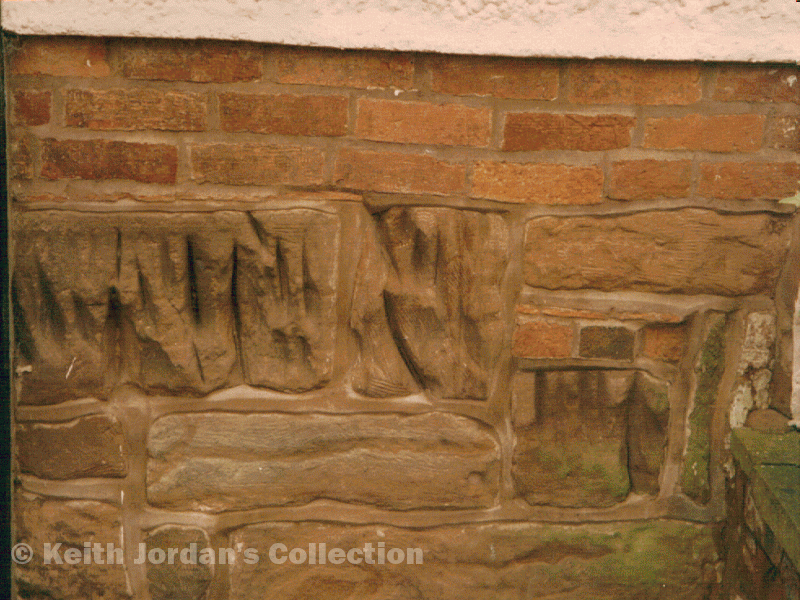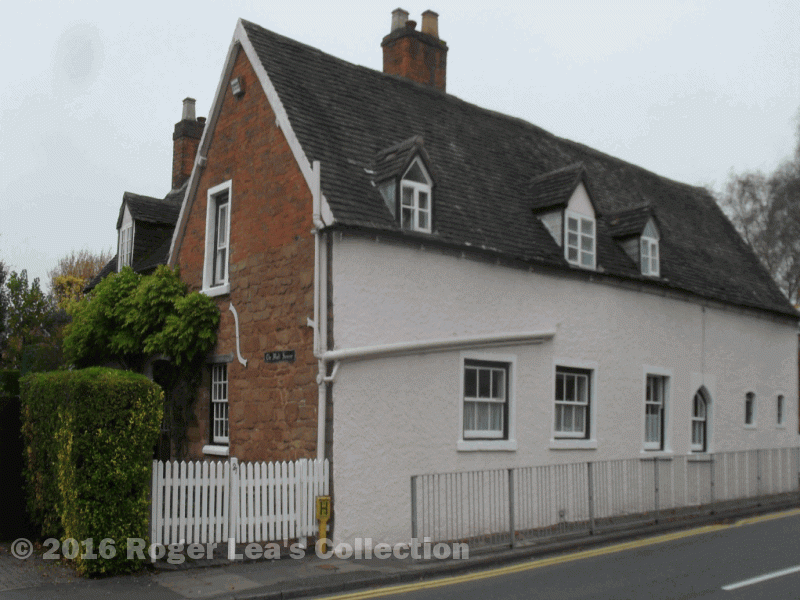Richard Scott of Great Barr Hall purchased Little Aston Hall from the Ducies, who had held it since 1621. Scott rebuilt the hall in 1730, and it passed to William Tennant, who refurbished the Hall in the Palladian style and landscaped the grounds in 1780. The Little Aston Hall estate included some property in Sutton, surveyed by Snape in 1776. Tennant and his son William junior acquired extensive property in Shenstone Parish, and his purchases included land in Sutton - the 1776 survey totals 25 acres, but the Corn Rent schedule of 1824 shows Tennant junior owning over 70 acres in Sutton.
The Little Aston Hall property was located near Mere Green and at Hill Hook, and included The Woolpack. The Woolpack was no longer a public house in 1824, but it had once been a flourishing inn. The tenant in 1824, Thomas Cook, paid a chief rent of four shillings and a penny; earlier rentals show than the same amount had been paid every year since at least 1572 (when it belonged to Ralph Cowper), and probably since 1528. Chief rents were payable to the Warden and Society of Sutton on the properties which had paid rent to the Manor of Sutton before 1528; in 1528 the rents due to the Manor became payable to the newly-created Royal Town of Sutton Coldfield, and remained constant until extinguished in 1833.
The Woolpack has been tentatively identified with The Malt House, 27 Hill Village Road, which was owned by Tennant and occupied by Cook in 1824. By 1824 the property consisted of a malthouse and four cottages; it had long since finished trading as a pub, and been converted to the range fronting Hill Village Road with two rear wings of today. Probably the pub on the other side of the road, the Barley Mow, had taken over as the principal inn and stolen the Woolpack’s trade, but in 1827 the new Lichfield Road was cut taking the traffic away from Hill Village Road, and the Barley Mow was relocated to Mere Green.
The Malt House is a listed building; according to the listing by English Heritage, it is a seventeenth century building of sandstone, red brick and timber framing, much altered over the centuries. Two large chimneys were inserted into the main range in the eighteenth century, perhaps when it was converted to domestic use, and one of the upstairs rooms has a malting floor.
There may be nothing left of the medieval building on the site, known as the Woolpack, except some of the sandstone blocks incorporated in the present building. Some of the stones have grooves as though used for sharpening arrows - in the sixteenth century every able-bodied man was required to attend archery practice.

